
How to Use AC source: Examples, Pinouts, and Specs
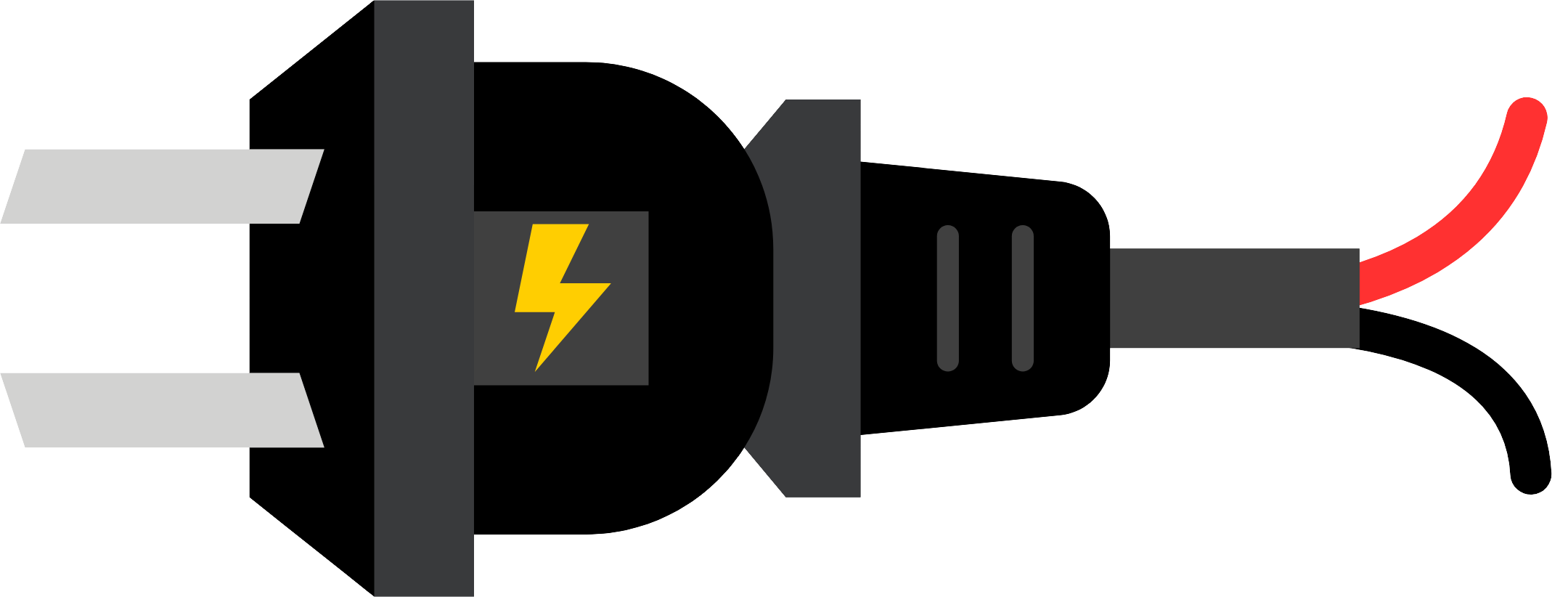
 Design with AC source in Cirkit Designer
Design with AC source in Cirkit DesignerIntroduction
An AC source is an electronic component or device that provides alternating current (AC) electricity. Unlike direct current (DC), AC periodically reverses its direction, typically following a sinusoidal waveform. AC sources are widely used in power distribution systems for homes, businesses, and industrial applications due to their efficiency in transmitting power over long distances.
Explore Projects Built with AC source
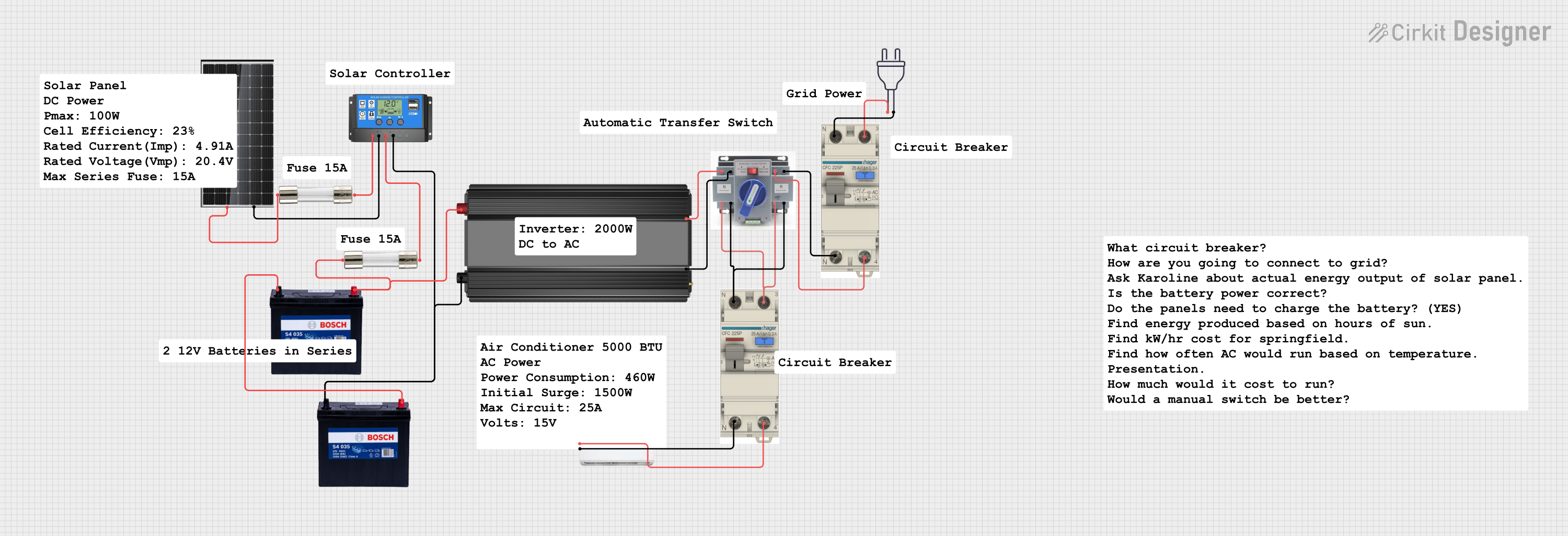
 Open Project in Cirkit Designer
Open Project in Cirkit Designer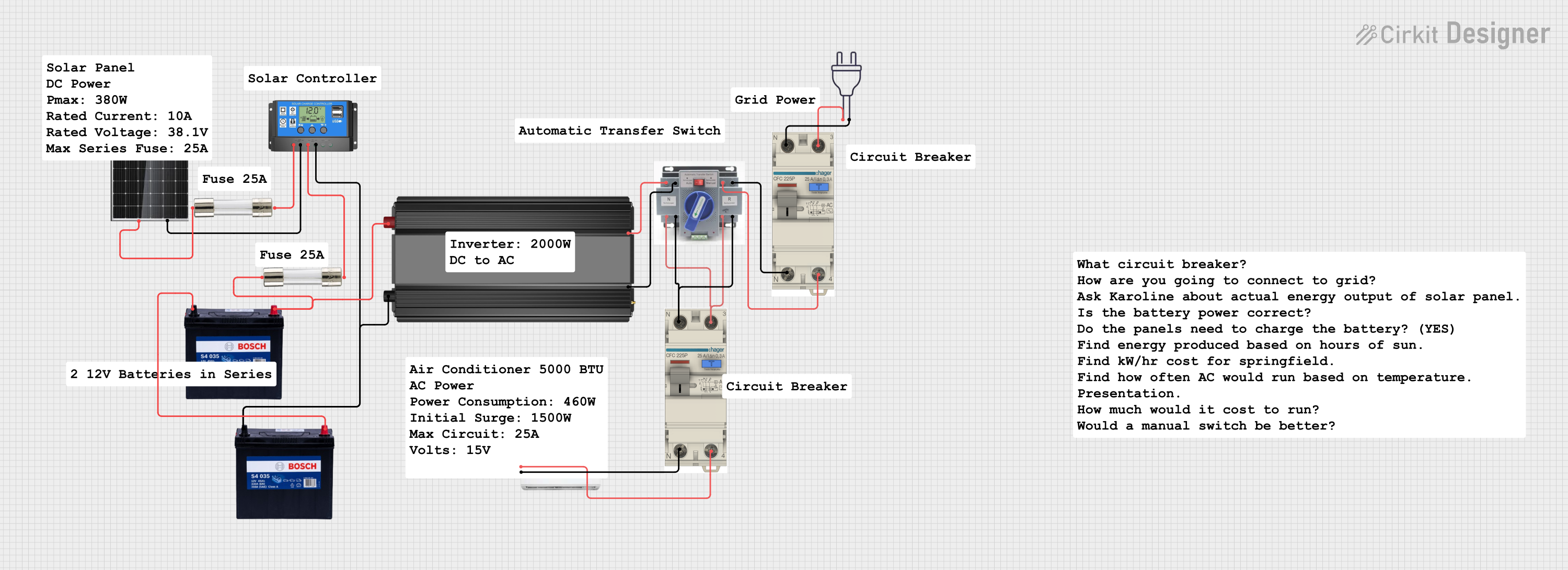
 Open Project in Cirkit Designer
Open Project in Cirkit Designer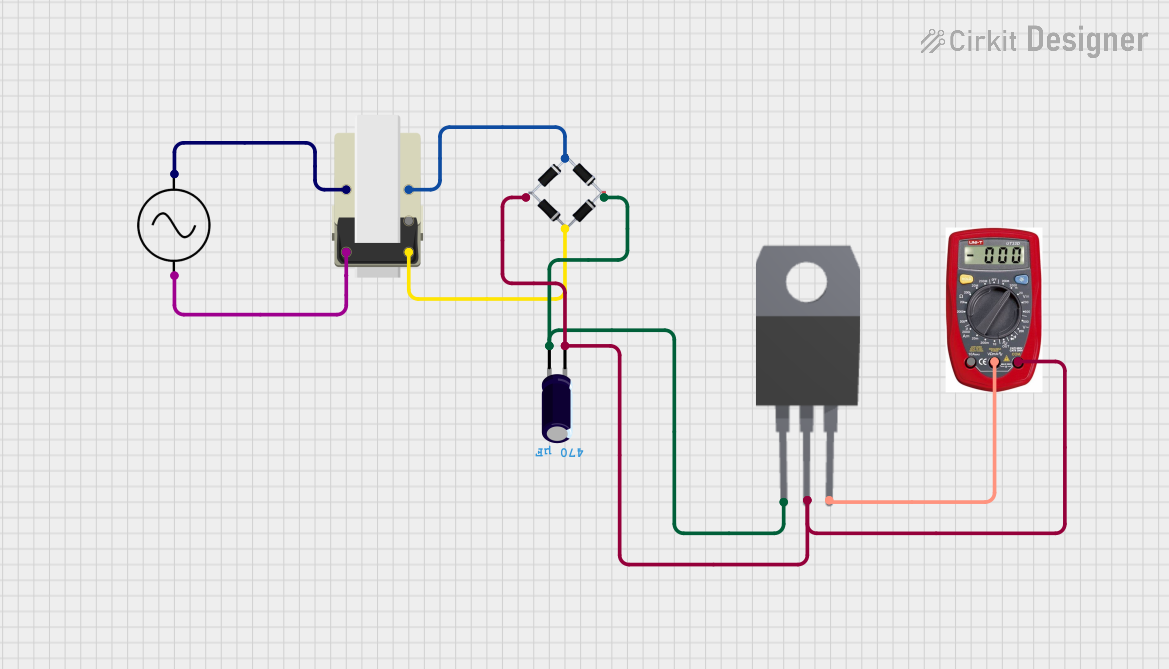
 Open Project in Cirkit Designer
Open Project in Cirkit Designer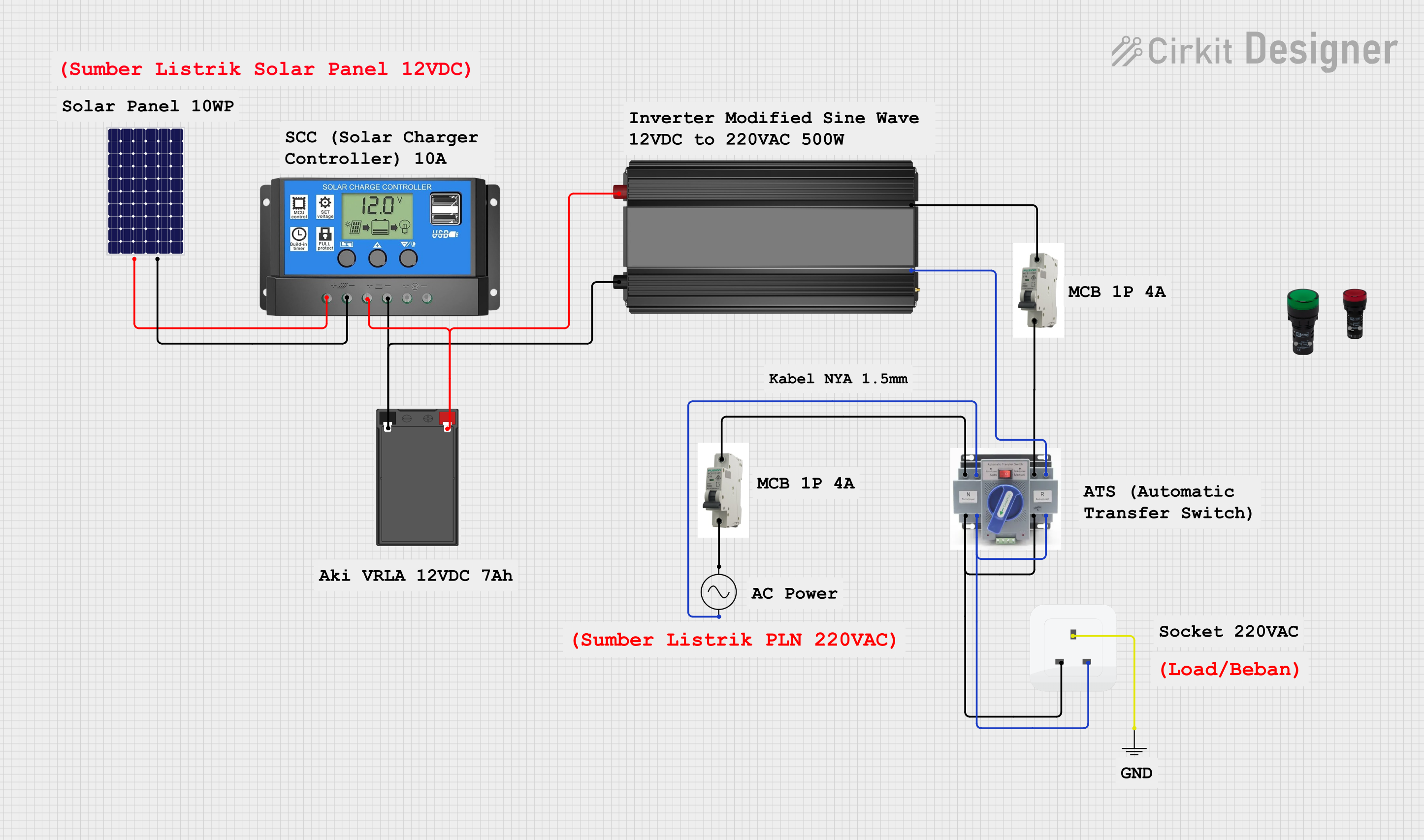
 Open Project in Cirkit Designer
Open Project in Cirkit DesignerExplore Projects Built with AC source

 Open Project in Cirkit Designer
Open Project in Cirkit Designer
 Open Project in Cirkit Designer
Open Project in Cirkit Designer
 Open Project in Cirkit Designer
Open Project in Cirkit Designer
 Open Project in Cirkit Designer
Open Project in Cirkit DesignerCommon Applications and Use Cases
- Powering household appliances and electronic devices
- Industrial machinery and equipment
- Testing and development of AC-powered circuits
- Power supplies for lighting systems
- Laboratory experiments and educational purposes
Technical Specifications
The specifications of an AC source can vary depending on its design and intended application. Below are the general technical details:
| Parameter | Specification |
|---|---|
| Voltage Output Range | 110V to 240V (common household range) |
| Frequency Range | 50Hz or 60Hz (region-dependent) |
| Power Rating | Varies (e.g., 100W, 500W, 1kW, etc.) |
| Waveform Type | Sinusoidal (standard), square, or custom |
| Output Regulation | ±1% to ±5% (depending on the model) |
| Input Voltage | 110V/220V AC or DC (for programmable units) |
| Safety Features | Overload protection, short-circuit protection, and thermal shutdown |
Pin Configuration and Descriptions
For programmable or modular AC sources, the pin configuration may include input/output terminals and control interfaces. Below is an example of a typical pin configuration:
| Pin Name | Description |
|---|---|
| L (Live) | Connects to the live wire of the AC output |
| N (Neutral) | Connects to the neutral wire of the AC output |
| GND | Ground connection for safety and stability |
| Control IN | Input for external control signals (if applicable) |
| Sense+ | Positive terminal for voltage sensing (if applicable) |
| Sense- | Negative terminal for voltage sensing (if applicable) |
Usage Instructions
How to Use the Component in a Circuit
- Safety First: Ensure the AC source is powered off before making any connections. Use insulated tools and wear protective gear when working with high voltages.
- Connect the Output Terminals:
- Connect the live (L) and neutral (N) terminals of the AC source to the load.
- If a ground connection is available, connect it to the ground terminal of the load for safety.
- Set the Output Parameters:
- For programmable AC sources, configure the desired voltage, frequency, and waveform using the control interface or software.
- Power On the AC Source:
- Turn on the AC source and verify the output using a multimeter or oscilloscope.
- Monitor the Load:
- Ensure the load operates within the specified voltage and current ratings of the AC source.
Important Considerations and Best Practices
- Voltage and Current Ratings: Always ensure the load does not exceed the maximum power rating of the AC source.
- Frequency Compatibility: Verify that the load is compatible with the output frequency (50Hz or 60Hz).
- Grounding: Proper grounding is essential to prevent electrical shocks and ensure stable operation.
- Heat Dissipation: Allow adequate ventilation around the AC source to prevent overheating.
- Isolation: Use isolation transformers or circuit breakers for added safety in high-voltage applications.
Example: Using an AC Source with an Arduino UNO
While Arduino boards typically operate on DC, an AC source can be used in conjunction with a rectifier circuit to power the Arduino or to control AC devices via relays. Below is an example of controlling an AC load using an Arduino and a relay module:
// Example: Controlling an AC load with Arduino and a relay module
// This code toggles an AC load ON and OFF every 2 seconds
const int relayPin = 7; // Pin connected to the relay module
void setup() {
pinMode(relayPin, OUTPUT); // Set relay pin as output
digitalWrite(relayPin, LOW); // Ensure relay is OFF at startup
}
void loop() {
digitalWrite(relayPin, HIGH); // Turn ON the relay (AC load ON)
delay(2000); // Wait for 2 seconds
digitalWrite(relayPin, LOW); // Turn OFF the relay (AC load OFF)
delay(2000); // Wait for 2 seconds
}
Note: Ensure the relay module is rated for the AC voltage and current of the load. Use optoisolated relays for added safety.
Troubleshooting and FAQs
Common Issues and Solutions
No Output from the AC Source:
- Check if the AC source is powered on and properly connected.
- Verify that the output parameters (voltage, frequency) are correctly configured.
- Inspect for blown fuses or tripped circuit breakers.
Overheating:
- Ensure the AC source is not overloaded.
- Provide adequate ventilation and avoid placing the source near heat-sensitive materials.
Load Not Operating Properly:
- Confirm that the load is compatible with the output voltage and frequency.
- Check for loose or faulty connections.
Electrical Noise or Interference:
- Use shielded cables and proper grounding to minimize noise.
- Consider using a line filter if the noise persists.
FAQs
Q1: Can I use an AC source to power DC devices?
A1: No, AC sources provide alternating current, which is not suitable for DC devices. However, you can use a rectifier circuit to convert AC to DC.
Q2: What safety precautions should I take when using an AC source?
A2: Always turn off the AC source before making connections, use insulated tools, and ensure proper grounding. Avoid touching live wires.
Q3: How do I select the right AC source for my application?
A3: Consider the voltage, frequency, power rating, and waveform requirements of your load. Ensure the AC source has adequate safety features.
Q4: Can I use an AC source to test electronic circuits?
A4: Yes, AC sources are commonly used for testing circuits, especially those designed to operate on AC power. Use caution and ensure the circuit is rated for the output voltage and frequency.